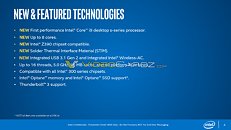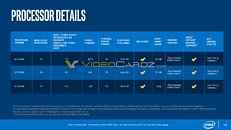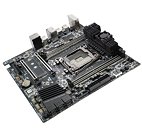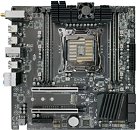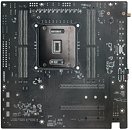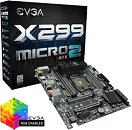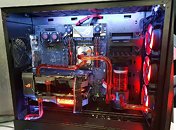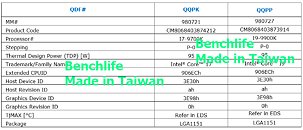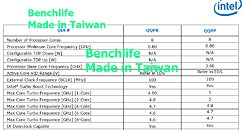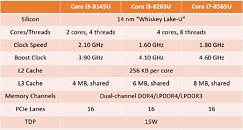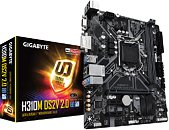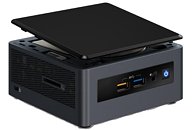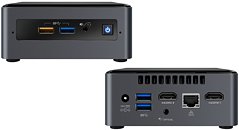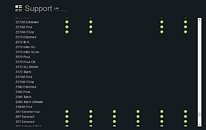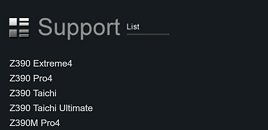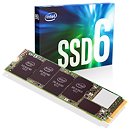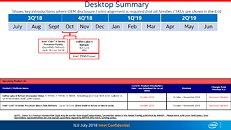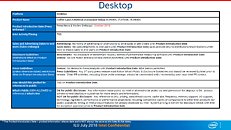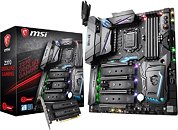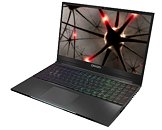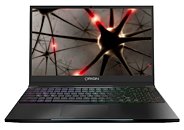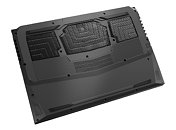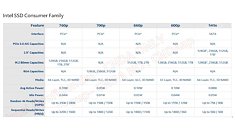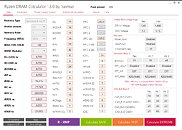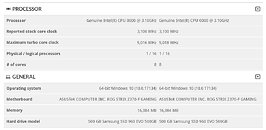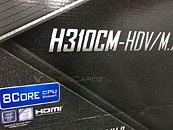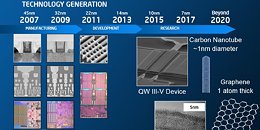
Intel Confirms Soldered IHS for 9th Gen Core Series
Soldered integrated heatspreader has been a longstanding demand of PC enthusiasts for Intel's premium "K" mainstream-desktop processors. With AMD implementing it across all its "Summit Ridge" and "Pinnacle Ridge" Ryzen AM4 processors, just enough pressure for built on Intel. The company, in a leaked slide, confirmed the feature-set of its upcoming 9th generation "K" Core processors, which highlights "STIM" (soldered thermal interface material) for this chip. It shows that STIM could be exclusive to the "K" series SKUs, namely the i9-9900K, i7-9700K, and i5-9600K.
The slides also list out the clock speeds and cache sizes of the three first 9th generation desktop SKUs, confirming that the Core i7-9700K will indeed be the first Core i7 desktop SKU ever to lack HyperThreading. The TDP of the 8-core chips don't seem to breach the 95W TDP barrier Intel seems to have set for its MSDT processors. The slides also seem to confirm that the upcoming Z390 Express chipset doesn't bring any new features, besides having stronger CPU VRM specifications than the Z370. Intel seems to recommend the Z390 to make the most out of its 8-core chips.
The slides also list out the clock speeds and cache sizes of the three first 9th generation desktop SKUs, confirming that the Core i7-9700K will indeed be the first Core i7 desktop SKU ever to lack HyperThreading. The TDP of the 8-core chips don't seem to breach the 95W TDP barrier Intel seems to have set for its MSDT processors. The slides also seem to confirm that the upcoming Z390 Express chipset doesn't bring any new features, besides having stronger CPU VRM specifications than the Z370. Intel seems to recommend the Z390 to make the most out of its 8-core chips.
